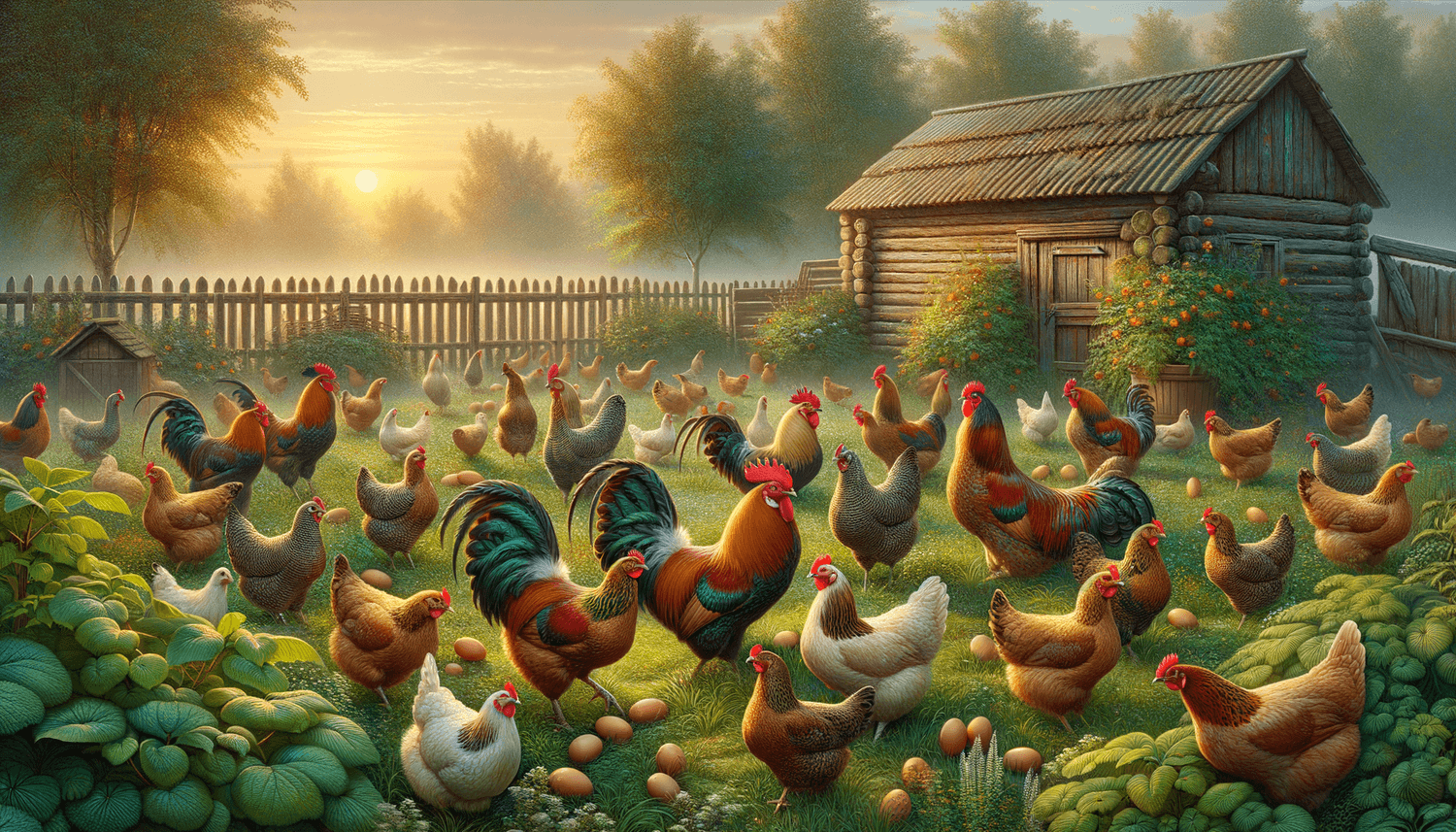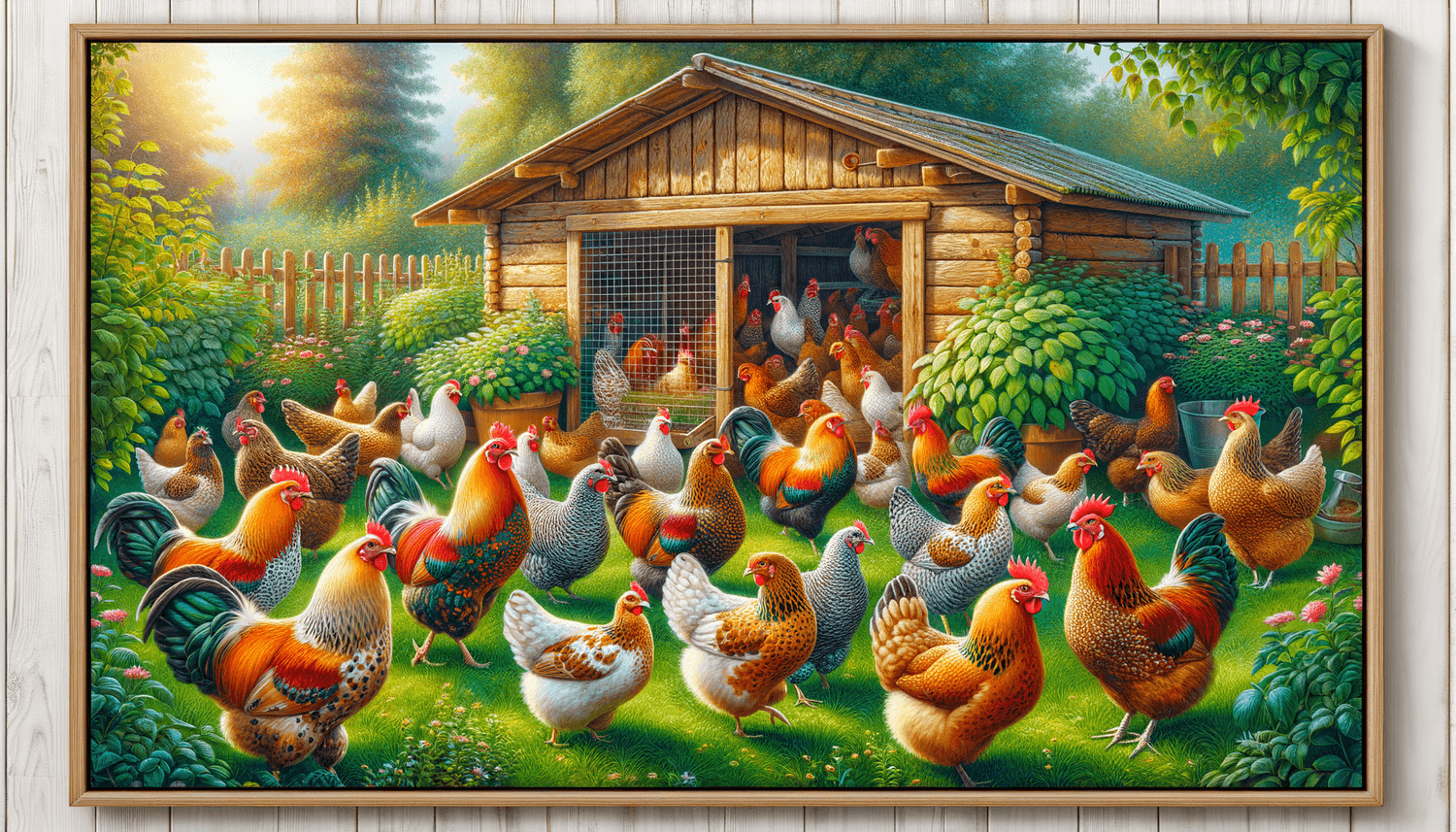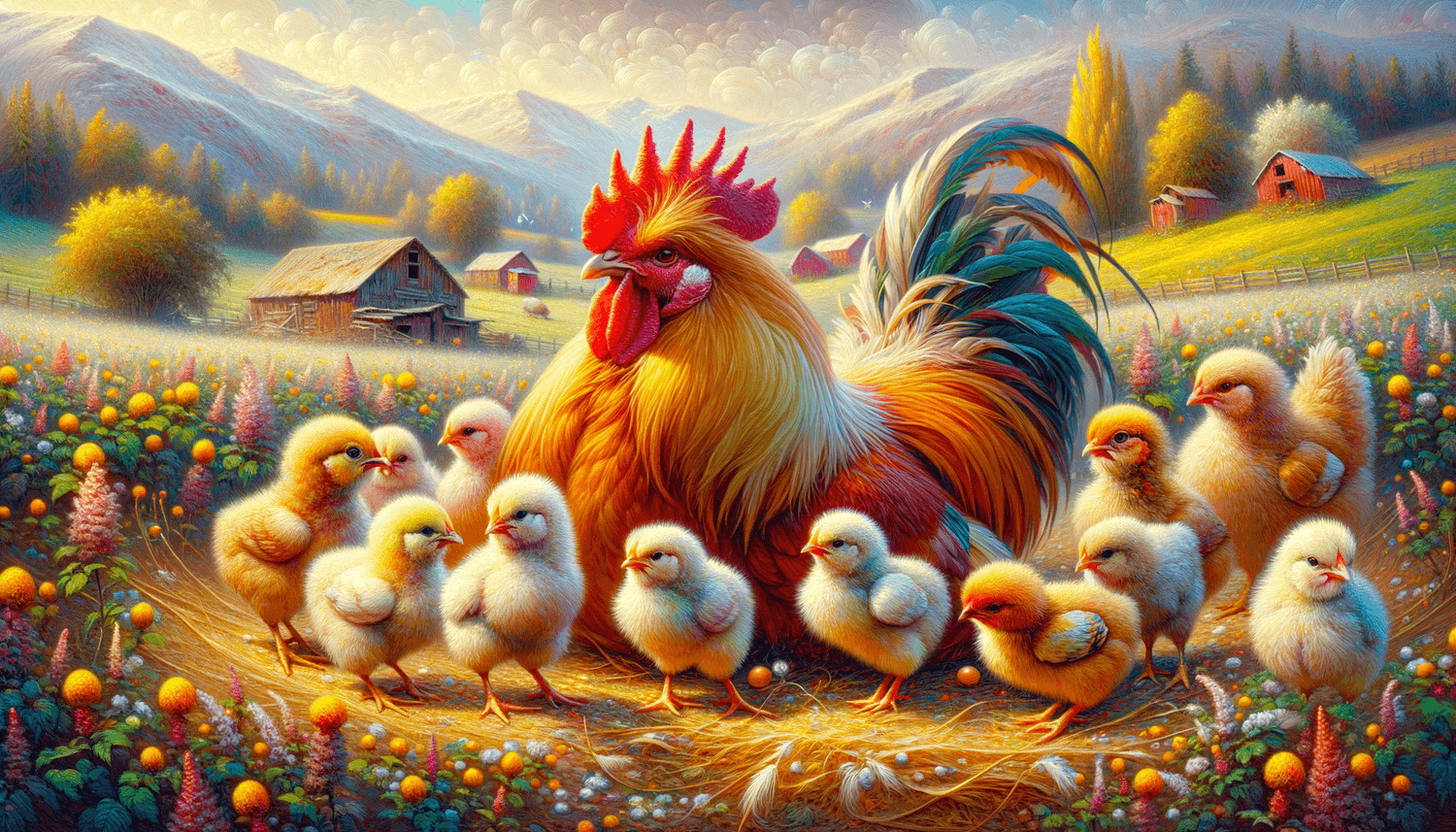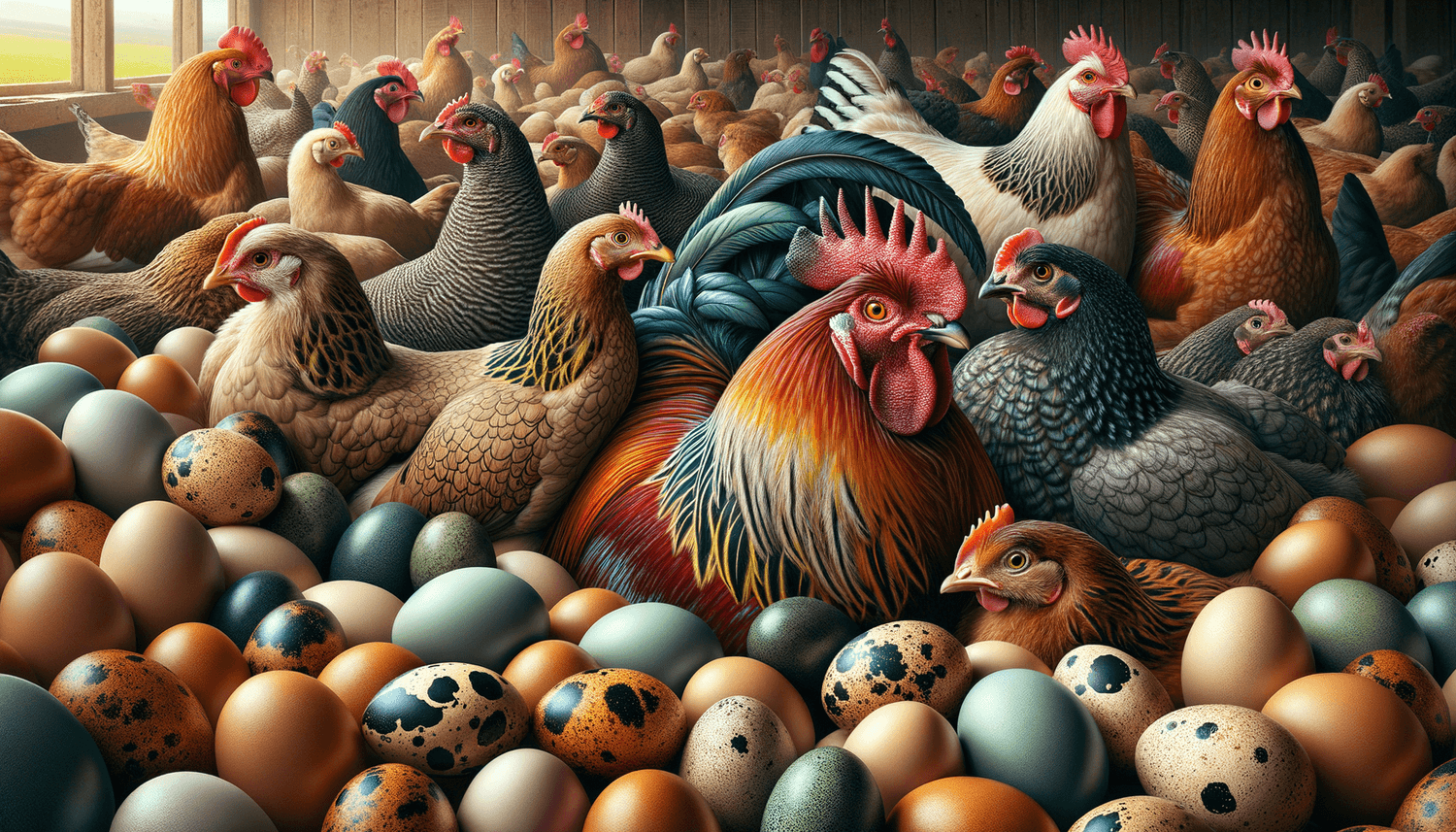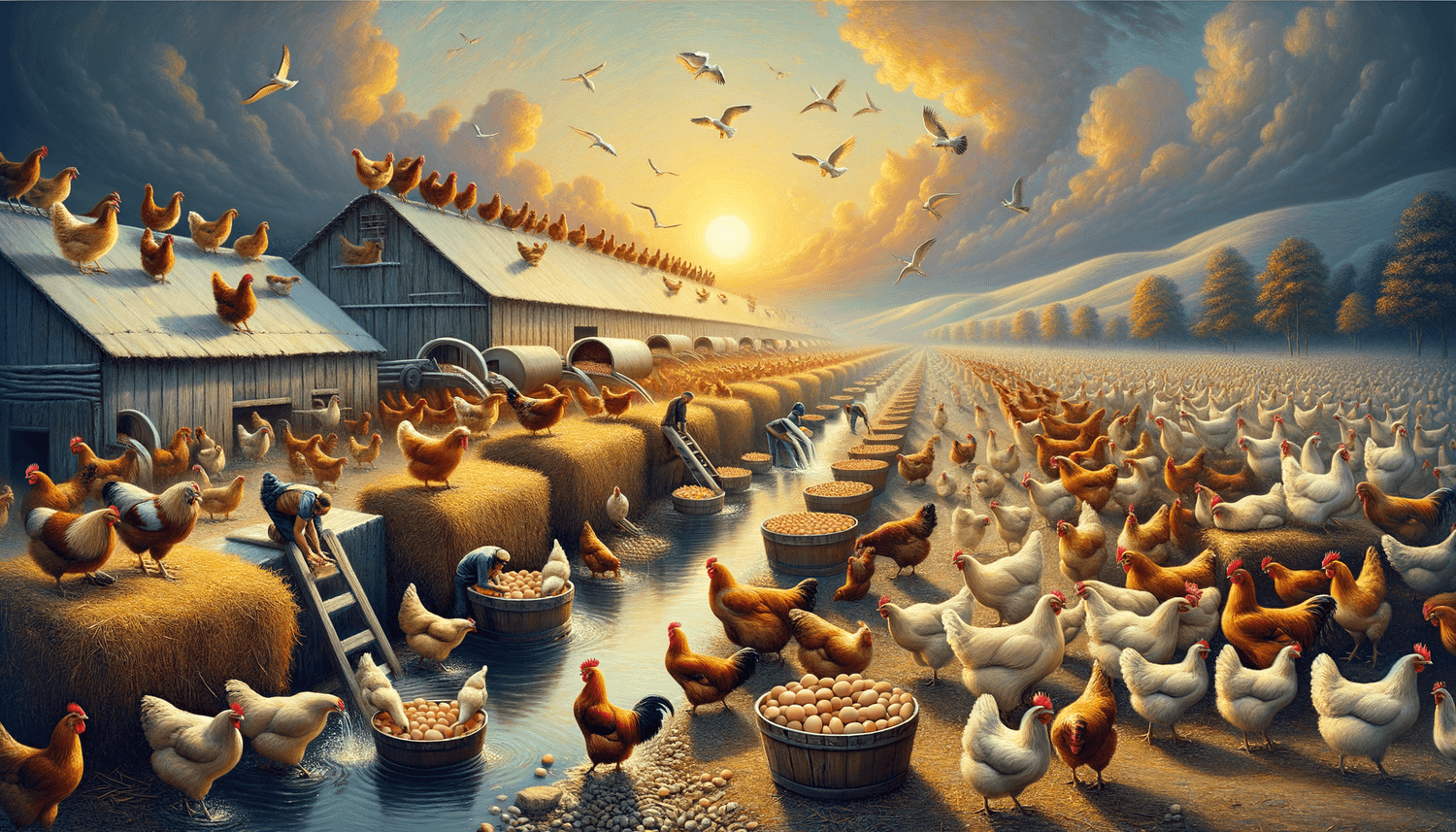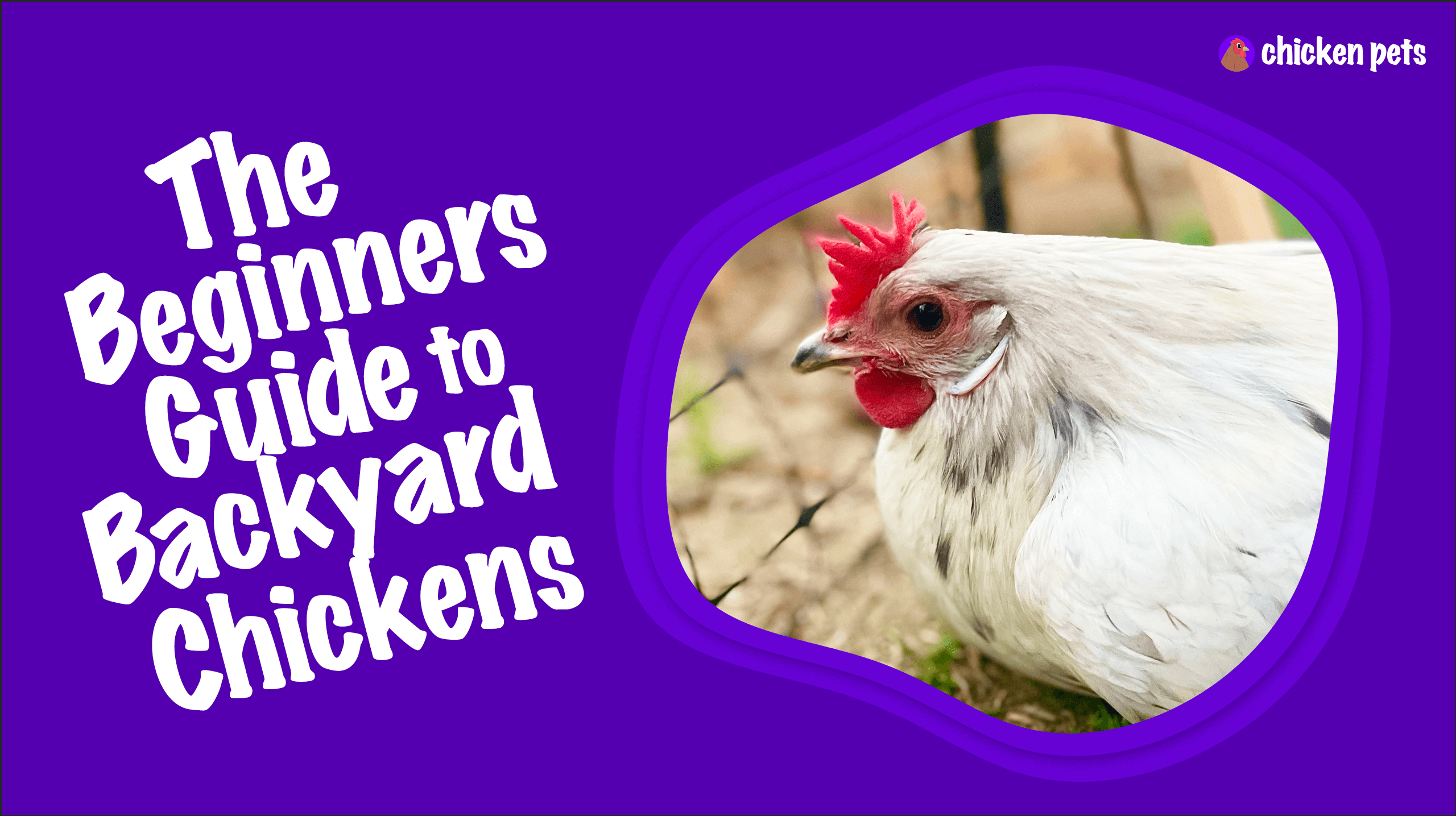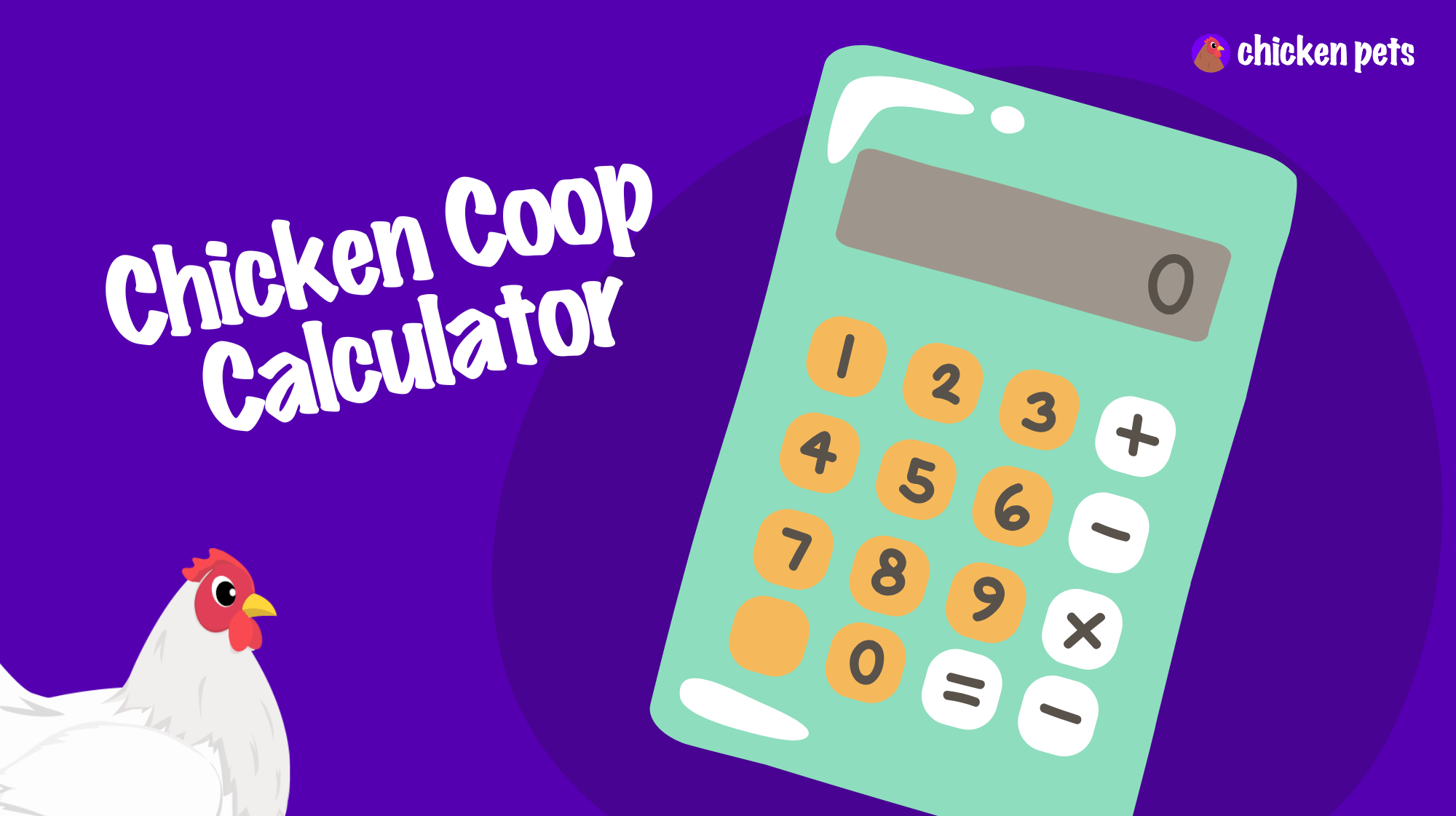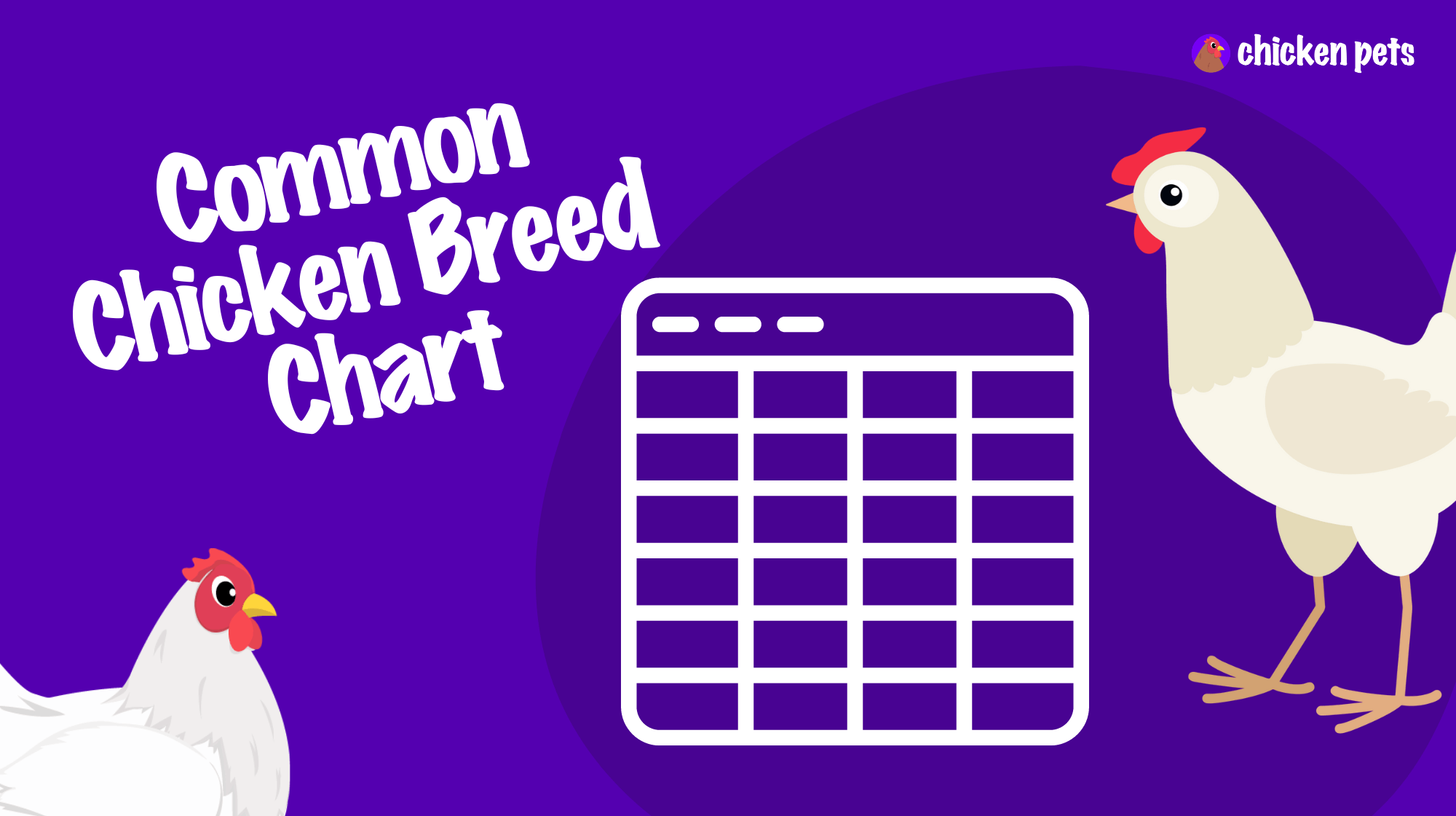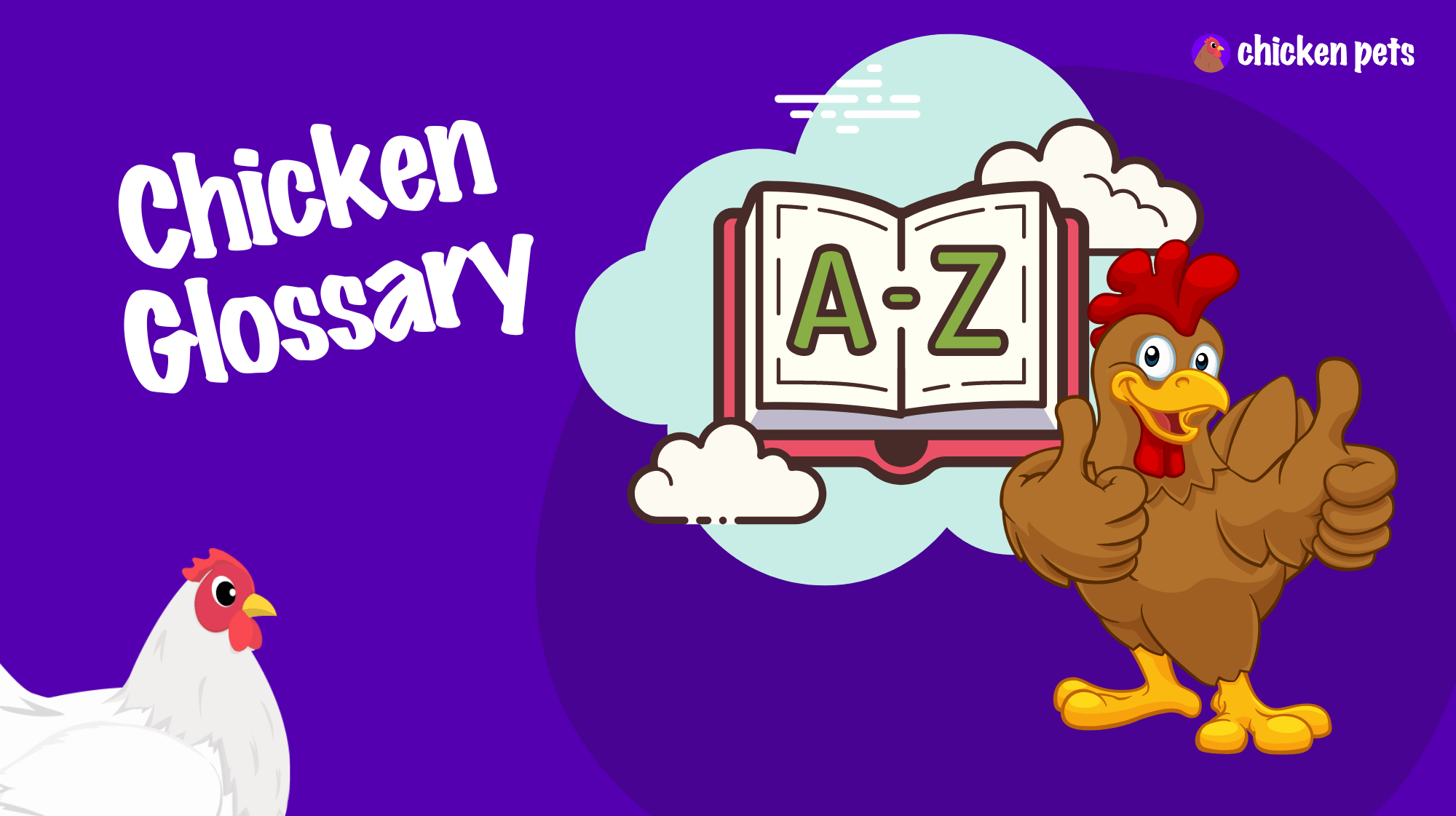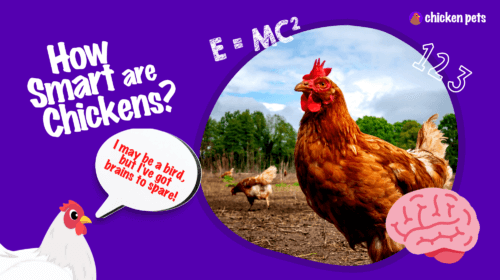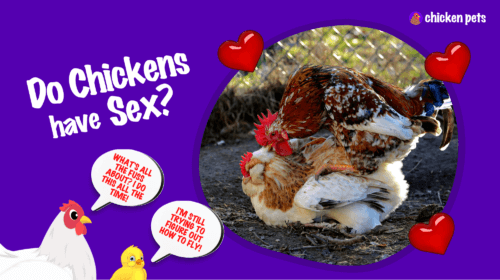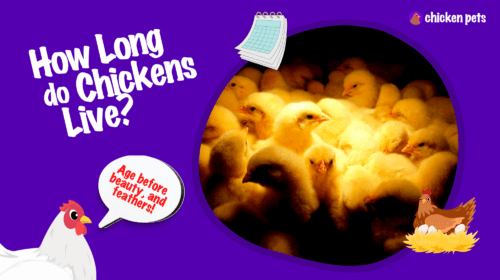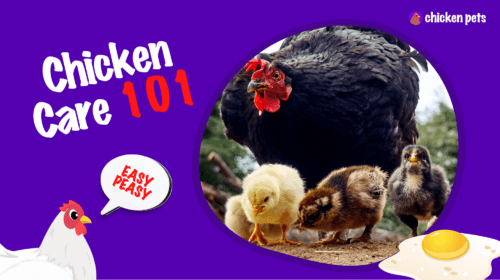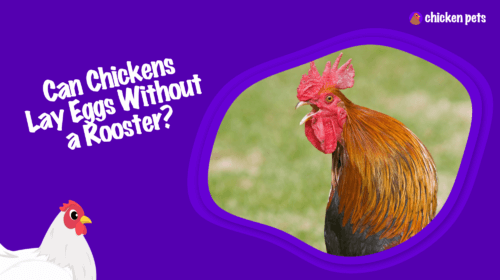Ever wondered how to tell a rooster from a hen in your backyard flock? In this blog post, we’ll share tips and tricks to help you easily identify their gender, ensuring the health and happiness of your chickens!
How to Tell a Rooster from a Hen: Tips and Tricks
To differentiate between a rooster and a hen, look for physical characteristics like the size of their comb and wattle, as well as the presence of spurs. Additionally, take note of their behavior, such as crowing and protecting the flock, which indicates a rooster.
Examining Physical Characteristics
One of the easiest ways to tell a rooster from a hen is by observing their physical appearance. Here are some key characteristics to look for:
Comb and Wattle Size
Roosters typically have larger, more prominent combs and wattles than hens. Combs are the fleshy, often red, ridges on top of a chicken’s head, while wattles are the similar structures hanging from the lower sides of their head. This difference usually becomes noticeable when the chickens are a few months old.
Feather Shape and Coloration
Roosters often sport more brightly colored feathers than hens, in addition to having longer tail feathers known as “sickle feathers.” They may also have more uniquely shaped feathers on their neck and back, called “hackles” and “saddle feathers” respectively. These features can be more difficult to spot in some breeds, though, so it’s best not to rely on them alone.
Spurs
One clear indicator of a rooster is the presence of spurs, which are sharp, bony protrusions that grow on the back of a chicken’s leg. While some hens can develop small spurs, they are generally more common and prominent in roosters. Spurs help roosters defend their flock, so this characteristic usually appears when the bird is several months old.
Observing Behavior
Chicken behavior can also provide clues about whether you’re dealing with a rooster or a hen. Pay attention to these behavioral traits:
Crowing
Roosters are known for their distinct crowing, which they use to mark their territory and signal to the flock. Although some hens may emit a similar sound, it is generally softer and less frequent. This unmistakable call usually starts when the bird is around four to six months old.
Protective Behavior
Roosters are natural protectors of their flock, meaning they’ll often be more alert and assertive than hens. They might stand taller, scan the area for threats, and even confront potential predators. Hens, on the other hand, are more focused on foraging and nurturing their chicks.
Fertility Indicators
Another critical behavioral difference that can help identify whether you’ve got a rooster or a hen is the act of mating. Roosters will attempt to mate with hens, whereas hens will lay eggs regardless of whether a rooster is present. So, if you discover eggs in the nesting boxes, there’s a high chance you have a hen in your flock.
Recognizing Breed-Specific Differences
Knowing the breed of your chickens is especially helpful when trying to distinguish the hens from the roosters. Different breeds exhibit unique characteristics that can make it easier or harder to determine their sex. Let’s explore some popular breeds and their distinguishing features:
Leghorn
Leghorns are a common breed, and their sex can usually be determined by their comb size. Roosters have impressive, tall combs, while the hens’ are noticeably smaller. Additionally, the rooster’s tail feathers are longer and more curved than the hen’s.
Plymouth Rocks
Plymouth Rock roosters have bright, colorful feathers and noticeably larger combs and wattles compared to hens. However, when these birds are young, distinguishing the sexes can be difficult.
Australorp
Australorp roosters have striking, bright red combs and wattles, while hens sport smaller, darker combs. This difference can be observed as early as two months of age. The rooster’s longer, more distinct tail feathers also help set it apart from its female counterpart.
Vent Sexing for Chicks
If you’re trying to tell the sex of day-old chicks, the process can be quite tricky. One method often used by professionals is vent sexing, which involves examining the chick’s vent (the area where the digestive, reproductive, and urinary systems meet). By gently applying pressure to the chick’s abdomen, the vent opens, revealing telltale signs that can indicate the bird’s sex. However, this method requires specific knowledge and training to perform correctly, so it’s not recommended for inexperienced chicken keepers.
Feather Sexing for Chicks
Feather sexing is another approach for determining the sex of chicks but is only applicable to certain breeds or hybrid strains. This method involves examining the length and shape of the chicks’ wing feathers shortly after hatching. Male and female chicks have different feather patterns that can be detected during this early stage of growth. However, feather sexing can be challenging and is not always accurate, so it’s essential to consult an expert or seek additional methods to confirm the bird’s sex.
Learning from Experience
As you spend more time with your backyard chickens, you’ll naturally become more familiar with their traits and behaviors. Each breed and individual bird is unique, but as you interact with them, raise chicks, and observe roosters and hens alike, you’ll begin to develop a keen eye that can differentiate between the sexes with greater ease.
Remember, practice makes perfect, so don’t worry if you can’t tell the difference right away! Enjoy the process of getting to know your backyard flock and learning from their distinct personalities and features.
Seeking Expert Advice
If, after considering the factors discussed in this article, you’re still unsure about the sex of your chickens, it may be time to consult an expert. Chicken breeders, veterinarians, and experienced keepers have a wealth of knowledge and experience that can help you determine the gender of your birds with confidence.
Online poultry forums and social media groups are also great places to connect with like-minded individuals who can offer valuable insights and personal experiences. By sharing pictures and descriptions of your chickens in these communities, you can often receive guidance from knowledgeable enthusiasts who can help you identify roosters and hens in your flock.
Waiting for Clarity
Sometimes, determining a chicken’s sex simply requires a bit of patience. As chickens grow and develop, their physical and behavioral characteristics become more pronounced, making it increasingly easier to differentiate between roosters and hens. Opt to monitor your birds closely, paying attention to any changes over time that may indicate their gender.
Also, bear in mind that some breeds may develop gender-specific traits at different rates than others, so a little research into your specific breed can be incredibly beneficial. It’s completely normal for the identification process to take longer for some breeds or individual birds—just remain patient, keep observing, and enjoy the journey!
Importance of Accurate Identification
Understanding the sex of your birds is crucial for various reasons, such as flock management, egg production, and noise control. If you live in a suburban area, roosters may be prohibited due to their loud crowing, while hens are welcomed for their delicious, fresh eggs. Accurately identifying the gender of your chickens will help you maintain a happy, healthy flock and ensure you adhere to local regulations.
Additionally, knowing whether you have hens or roosters will allow you to make informed decisions regarding your flock’s growth, such as introducing new birds, preventing conflicts, and allocating resources like food and nesting areas. All of these factors contribute to creating a thriving backyard flock that brings you joy for years to come.
FAQ Section: Chicken Gender Identification
Here’s a helpful FAQ section to address some common questions and concerns related to distinguishing between hens and roosters in your backyard flock.
1. At what age can I usually tell the difference between a rooster and a hen?
Although some breeds may exhibit gender-specific traits earlier, you can typically begin identifying roosters and hens when they’re about three to five months old. By this point, most breed differences and behaviors become more prominent.
2. Can hens crow like roosters?
While it’s less common, some hens may emit a sound similar to crowing. However, it’s usually softer and less frequent than a rooster’s crow.
3. Why do some hens have spurs?
Although spurs are generally more common and larger in roosters, some hens can develop small spurs as well. These spurs are typically smaller and less sharp than a rooster’s and often develop as a result of genetics or hormonal fluctuations.
4. Can I rely on coloration to determine a chicken’s sex?
Male chickens often have more vibrant colors than hens; however, this characteristic may not always be a reliable indicator. Some breeds display minimal color differences between male and female birds, making it more challenging to differentiate between the two.
5. How accurate is vent sexing?
Vent sexing is considered highly accurate when performed by a trained professional. However, it can be challenging and requires specific knowledge and experience, so inexperienced keepers should avoid attempting it themselves.
6. Are there any breed-specific sex identification methods?
Yes, there are breed-specific methods for certain breeds or hybrid strains, such as feather sexing. However, these methods are not universally applicable to all breeds and may not always be accurate.
7. Is it better to have a rooster in the backyard flock?
Whether or not to have a rooster in your flock depends on your goals in raising chickens. If you’re focused on egg production only, hens will suffice. However, roosters can offer flock protection and contribute to genetic diversity if breeding is desired.
8. Can hens be aggressive like roosters?
While roosters are typically more aggressive and assertive, hens can display aggressive behaviors as well, particularly when defending their chicks or establishing a pecking order within the flock.
9. What is the best age to determine the sex of chicks?
Professional breeders often identify the sex of chicks soon after hatching using methods such as vent sexing or feather sexing. For backyard keepers, waiting until the chickens are three to five months old can help identify more obvious physical and behavioral differences.
10. Are there consequences for identifying chickens incorrectly?
Incorrectly identifying chickens can lead to challenges in flock management, compliance with local regulations, and resource allocation. Accurate identification promotes a healthy and harmonious flock, contributing to the overall success of your backyard coop.
11. Do roosters and hens have different nutritional requirements?
Yes, roosters and hens may have slightly different nutritional requirements. Hens laying eggs require additional calcium and protein, while roosters benefit from slightly lower protein levels to reduce the risk of health issues.
12. Can you have more than one rooster in a flock?
It’s possible to have multiple roosters in a flock, but it ultimately depends on the size and makeup of the flock. More roosters can lead to competition and conflicts, so it’s essential to monitor their behavior closely to maintain a harmonious environment.
13. How soon can hens start laying eggs?
Hens typically begin laying eggs at around six months of age. However, this may vary slightly depending on the breed and external factors like nutrition, weather, and stress levels.

